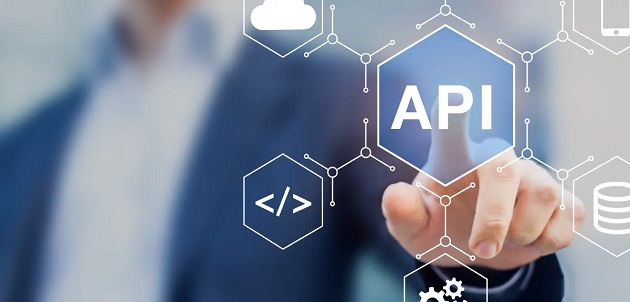 Tuesday, October 1, 2024
Tuesday, October 1, 2024  Tuesday, October 1, 2024
Tuesday, October 1, 2024 
Application Programming Interfaces (APIs) are the nervous system of the tech world. They are digital building blocks that allow faster innovation, integrate data flow between systems, and create smoother workflows for everyone. APIs literally connect the world.
Now, imagine a world without APIs in the construction industry. The weather app connected to your daily reports is now gone. You’ll have to download another app on the jobsite (hoping you have service), go into your daily reports, manually enter data, and hope for the best. How about online banking? No depositing checks or conveniently transferring funds on your phone, back to relying on open bank hours and available tellers. The inefficiencies would be detrimental. The cloud wouldn’t exist, collaboration would be dead, and ultimately so would your business.
With accelerated tech adoption trending, integration and connectivity are on the forefront of every contractor’s (and developer’s) mind. So, what is an API? Let’s walk through the definition, types of API, examples in the construction industry, and the future of API.
An API is an interface that allows one application to communicate with another by a set of rules designed by programmers. It is the middleman in application-to-application communication, for use by a computer or app, not a human (aka lots of code!).
Here’s how an API works:
1. An application initiates an API “call” or request to receive information. The request is processed from app to a web server.
2. After receiving the request, the web server makes another call to the other application using its API.
3. The server sends a response to the calling application using the API to transfer the requested data.
4. The initial application processes or presents the data to the user.
APIs are digital carrier pigeons. They transfer data automatically through integration, reducing manual processes, and seamlessly connecting your systems.
Keep reading this blog on stackct.com